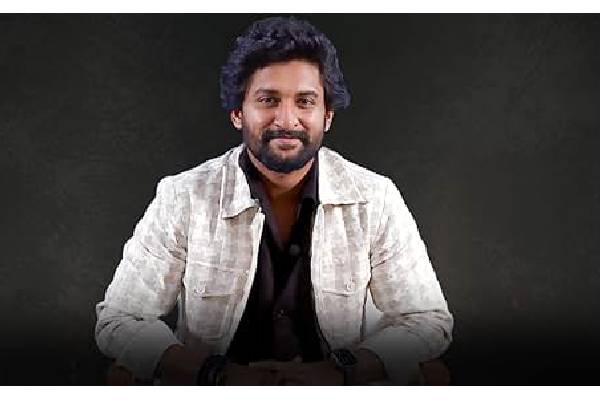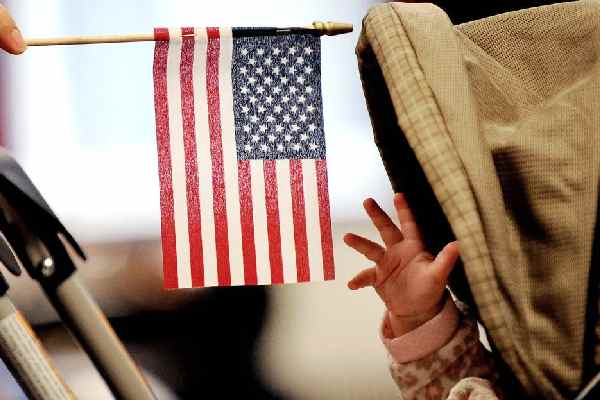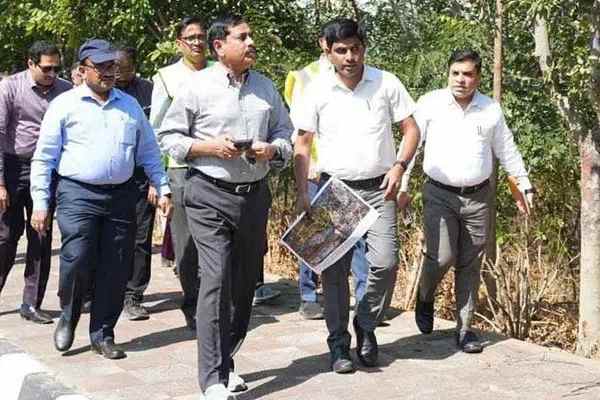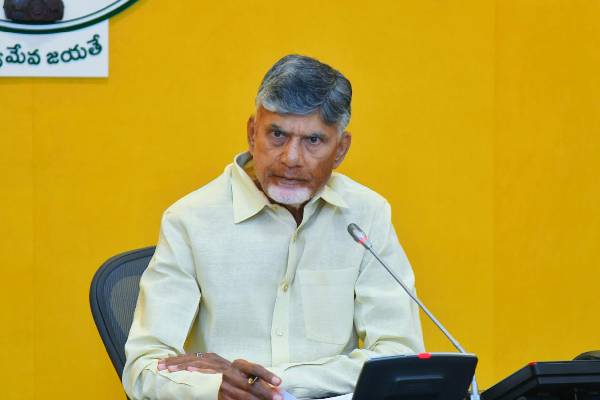On January 20, 2025, President Donald Trump signed an executive order aimed at ending birthright citizenship in the United States, a policy rooted in the 14th Amendment of the U.S. Constitution. This decision has sparked widespread debate and raised concerns, particularly among immigrant communities, including the large and growing Indian-American population. If implemented, the policy change would have significant implications for children born to Indian nationals on temporary work visas or those awaiting green cards.
What is Birthright Citizenship?
Birthright citizenship, established by the 14th Amendment in 1868, guarantees that anyone born on U.S. soil automatically becomes a U.S. citizen, regardless of their parents’ immigration status. This provision has been a cornerstone of U.S. immigration policy, ensuring equal protection under the law and providing citizenship to millions, including children of immigrants.
Trump’s Executive Order
Trump’s executive order seeks to revoke automatic citizenship for children born to non-citizen parents unless at least one parent is a U.S. citizen, a legal permanent resident (green card holder), or a member of the U.S. military. The move is framed as an effort to curb illegal immigration and “birth tourism,” where foreign nationals travel to the U.S. specifically to give birth and secure citizenship for their children.
Legal Challenges Ahead
The executive order is expected to face significant legal challenges. The 14th Amendment is part of the U.S. Constitution, and altering it typically requires a constitutional amendment, which involves a lengthy and complex process. Legal experts argue that Trump’s order cannot override constitutional guarantees without congressional approval and state ratification. Historical precedents, such as the 1898 Supreme Court ruling in United States v. Wong Kim Ark, have upheld birthright citizenship, making the order’s legality highly questionable.
Impact on Indian-Americans
The Indian-American community, one of the fastest-growing immigrant groups in the U.S., would be profoundly affected by this policy change. Here’s how:
1. Loss of Automatic Citizenship for Children
Children born to Indian nationals on temporary work visas (like H-1B) or awaiting green cards would no longer automatically acquire U.S. citizenship. This would create uncertainty for families relying on their children’s citizenship status as a pathway to permanent residency.
2. Longer Wait Times for Green Card Holders
Indian immigrants often face lengthy green card backlogs, with some waiting decades for permanent residency. Without birthright citizenship, their U.S.-born children would need to navigate a complex and prolonged naturalization process, delaying their path to full citizenship.
3. Family Reunification Challenges
Birthright citizenship allows U.S.-born children to petition for their parents’ immigration once they turn 21. Ending this provision would hinder family reunification efforts, potentially separating families due to differing immigration statuses.
4. Impact on Indian Students
Indian students, who form a significant portion of international students in the U.S., would also be affected. Children born to students on F-1 visas or other non-immigrant categories would no longer receive automatic citizenship, complicating their legal status and future prospects.
5. End of Birth Tourism
While the order aims to curb “birth tourism,” it would also impact families who rely on birthright citizenship for legitimate reasons, such as securing a stable future for their children.
Uncertainty and Legal Battles
The executive order has created a cloud of uncertainty for immigrant families, particularly those from India. Legal challenges are expected to prolong the debate, leaving families in limbo. Critics argue that ending birthright citizenship would create a permanent underclass of stateless children, vulnerable to exploitation and denied access to basic services.
President Trump’s executive order to end birthright citizenship marks a dramatic shift in U.S. immigration policy. While it aims to address concerns over illegal immigration and birth tourism, its implementation faces significant legal hurdles. For the Indian-American community, the policy change could disrupt family plans, prolong immigration processes, and create new challenges for future generations. As legal battles unfold, the fate of birthright citizenship remains uncertain, leaving all families in a state of anxiety.


































